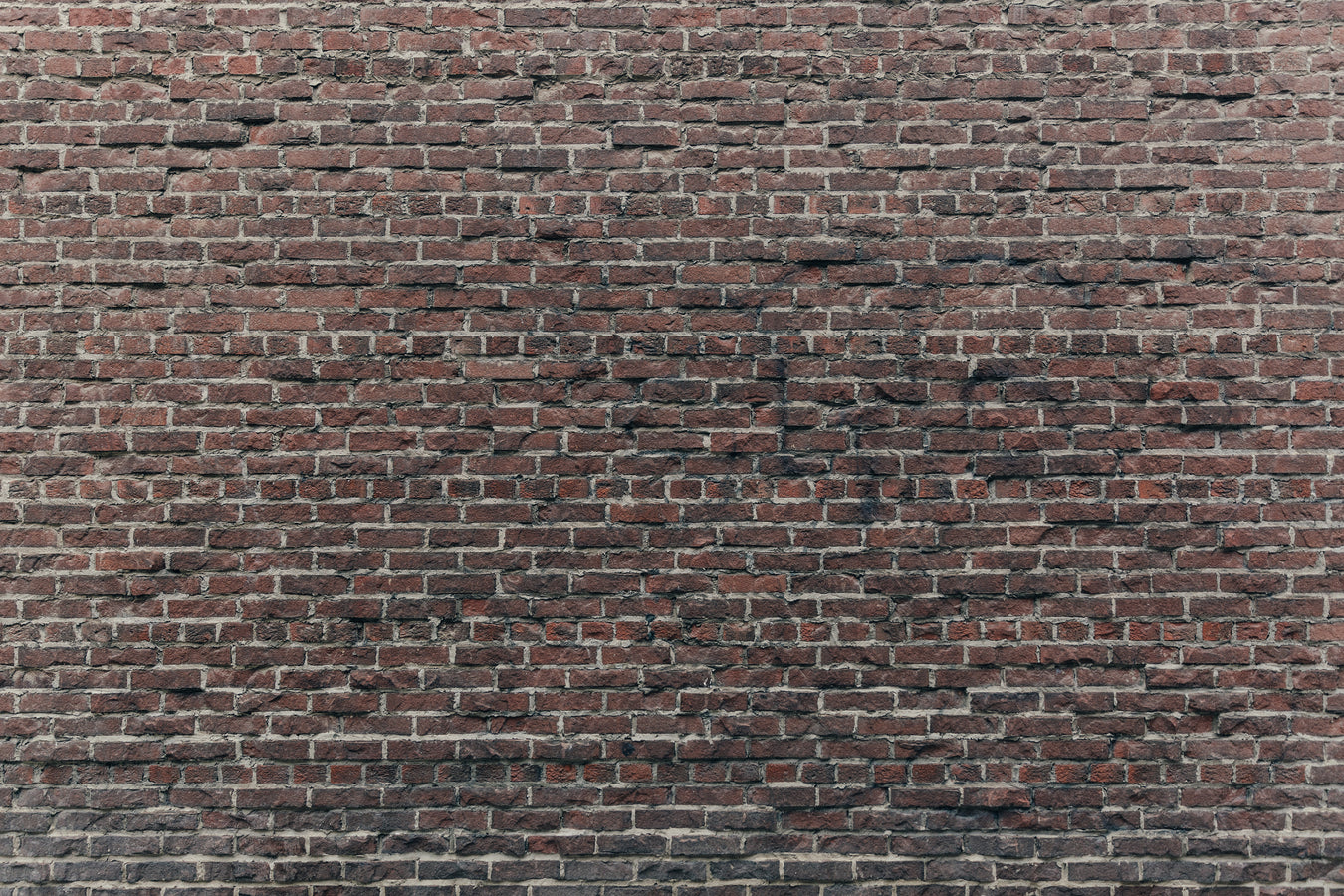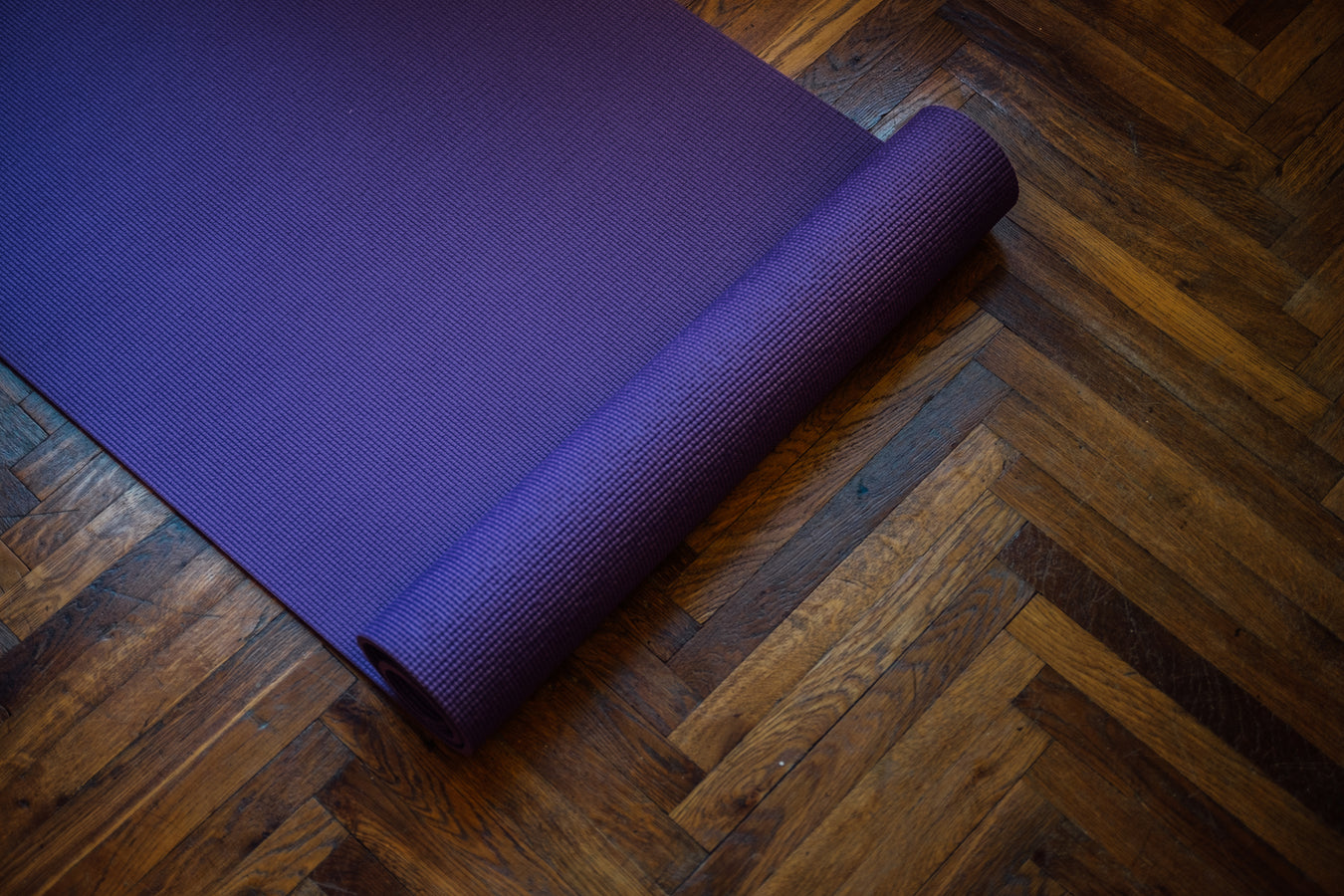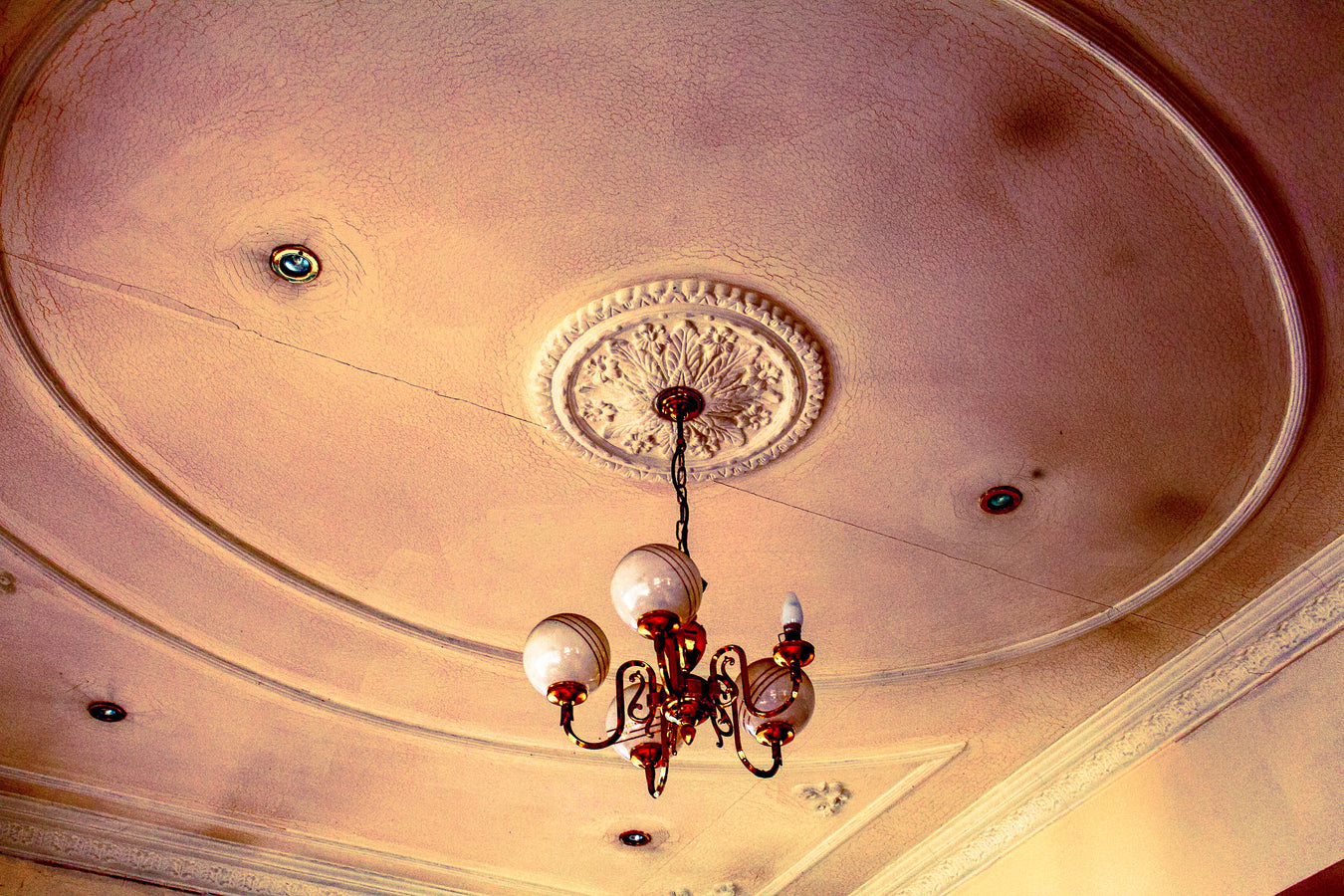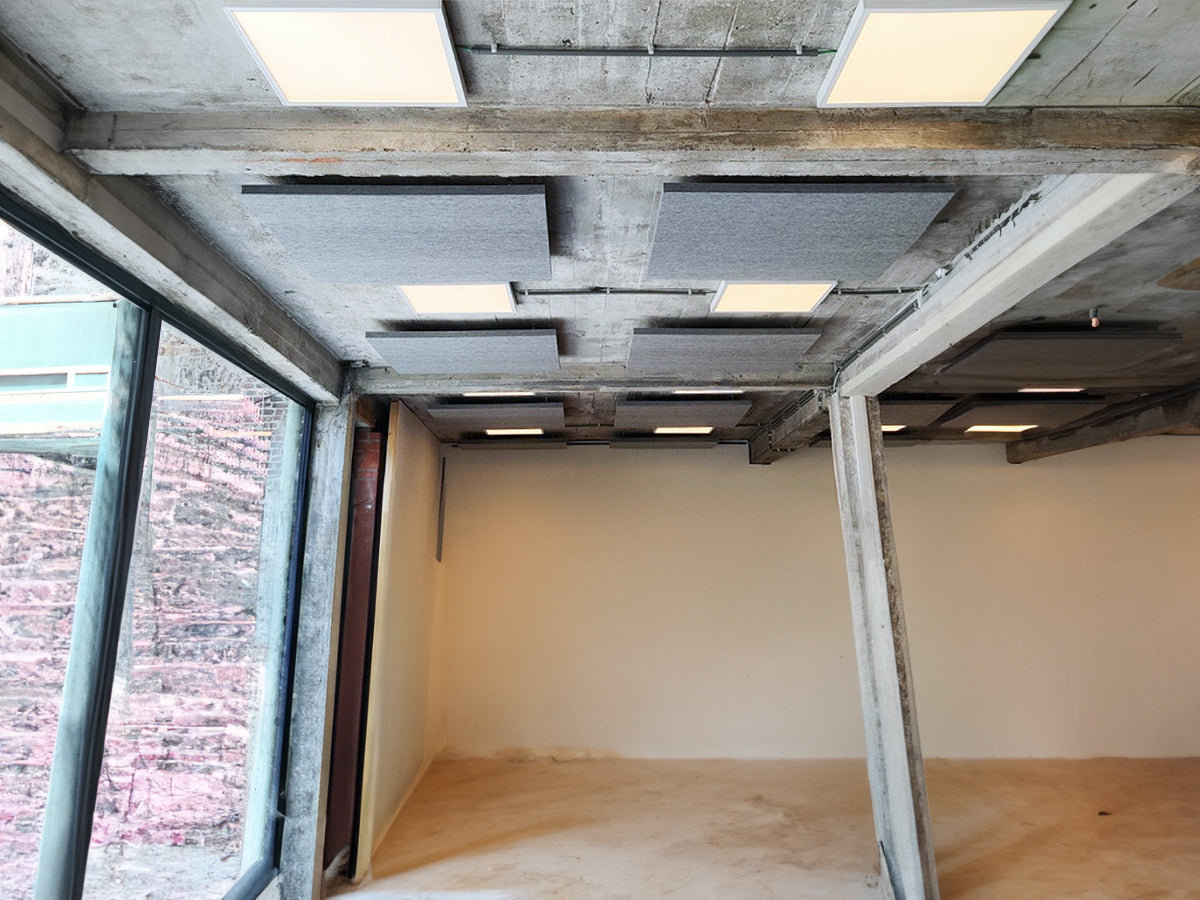What are Decibels?
Decibels are a key metric in the world of soundproofing so continue reading to understand what they are, how they are measured and why it is important to understand how they work.
What is the Decibel Scale?

Decibels: What does it all mean?
Perhaps the most confusing thing about soundproofing is the scale that is used to measure noise. The numbers can feel meaningless without a little context - you can see below what decibels (dB) means roughly:

Unfortunately, the scale is not linear, so a sound that is 80dB is actually ten times as intense as one that is 70db! And to complicate matters further, the human ear will not actually perceive this as a ten fold increase, instead it will sound twice as loud roughly. Sadly, ear damage is caused by intensity not perception.

As a rough rule of thumb, each 10dB increment increases the intensity by ten times, and sounds twice as loud. So, for example, a 10dB improvement in your wall soundproofing, you will hear roughly 50% less sound coming through. And a 20dB improvement will give another 50% of 50% on top, ie. 75% less sound. Be warned when buying soundproofing materials and solutions: many companies will boast 50dB in addition to their product's performance. This is physically impossible! They will be talking about the overall performance of their product plus the wall it is stuck to which is already there!
The aim of soundproofing is to try and bring the sound within a room back to what we would call "normal ambient sound" which is around 30-40dB. Remember, you must treat soundproofing like waterproofing, aiming to block every tiny crack and hole. A 1% gap in the surface you are trying to insulate will result in a 10% loss in performance.
The most common unit of performance that all companies quote is the performance of a system quoted in decibels this will be in its most basic form the Rw figure.
The Rw is the weighted sound reduction weighted Index figure. This figure rates the effectiveness of a soundproofing material. Increasing the Rw by one means its more effective and reduces the noise level by approximately 1dB. So it follows the higher the Rw figure the better the sound insulation.
Because of the nature of sound and the fact that bass sound travels more easily through soundproofing systems than high frequency sounds a correction factor is added for these bass sounds. This correction is known as the Ctr.This correction is always a negative number and so Rw+Ctr will always be less than the Ctr figure. These figures are almost always derived in the laboratory in controlled conditions.
Why is it important to understand the Scale?
1) Overstating performance
Many people try to compare soundproofing products on the internet and come to the obvious conclusion: the bigger the number the better. However many unscrupulous or un-knowledgeable companies will quote a dB figure in isolation and the consumer will assume its the improvement achieved by adding that product. We know of no single product that will add 25dB+ performance Rw ( airborne) to an existing wall, floor or ceiling. So if you see these big numbers they are wrong or at the very least misleading. Almost certainly they are quoting the performance of the whole acoustic surface including the existing wall, floor or ceiling that you already have.
2) Regulation E
When buying soundproofing materials many are looking to achieve Regulation E, which are the building regulation requirements for soundproofing. It is important to understand that these requirements are tested in the field and work on the scale which is used by sound testing companies in the field when testing soundproofing structures. As these results are occurring in the field the performance of any soundproofing product is typically 7dB (+/- 2dB) worse than those figures reported in the lab. So just seeing the Rw figure of a product as stated by a website or manufacturer is not a robust way to design for Regulation E soundproofing.




